A look at conditions and light in different situations
The weather
Light is an influential factor in photography. It has the capability to change shapes, depth perception, moods and also inserts dramatic effects into an image. Light can also ruin a photo or make it an incredible piece of art. In nature, light is always present. However, it can change with the weather. Similar to a studio, the wild is full of softboxes, key lights, and diffusers.
To the trained eye, it can be easy to identify light sources and how to deal with these in order to obtain the best results. Through the years, I have dealt with the weather and developed techniques to capture each mood and turn them into a piece of art. Without further ado, here are some of my techniques on how to integrate the weather into your photography.
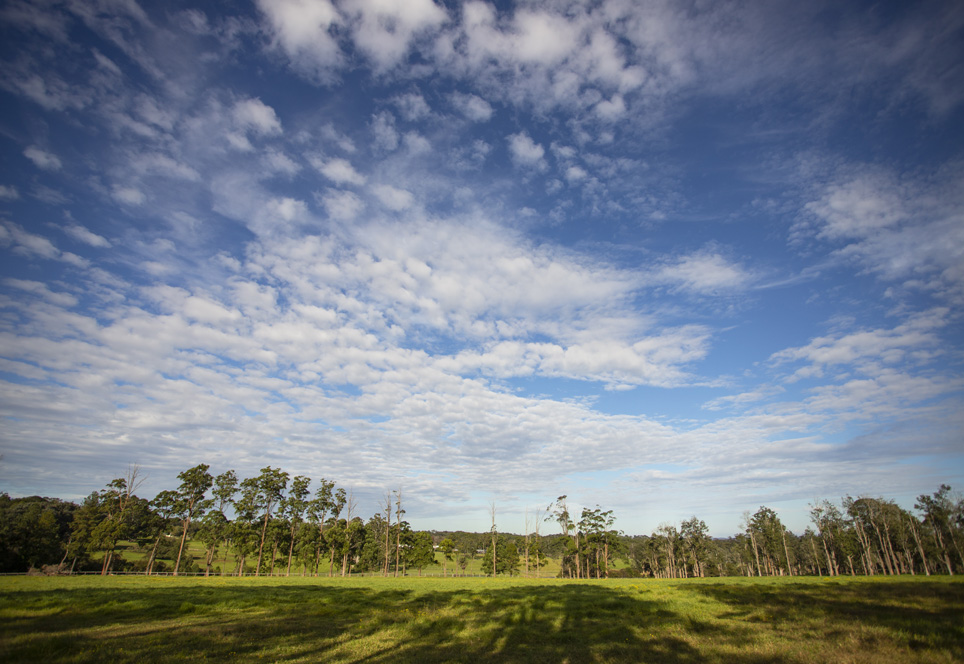
Clear Skies
Clear sunny skies are always a beautiful source of colour and light in an image. However, although it is a crowd-pleaser, the sun can be hazardous for videographers and photographers during the late morning. During this period, the light gets harsh, and shadows grow more substantial, giving you an uneven lighting scenario.
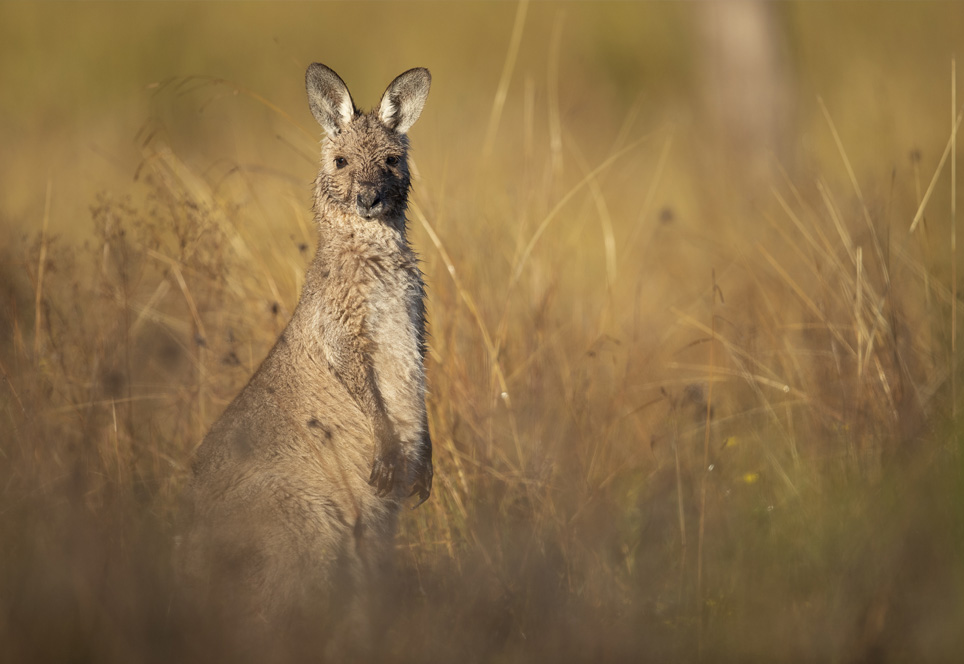
To try and get the best sunlight out of this scenario, I tend to do the whole session during the early morning when the sun is still rising and transmitting a golden colour. This usually helps me by putting a natural spotlight on my subject. However, if need be, I will also continue photographing during the late morning by avoiding the harsh light in the shadows. During the harsh light period, shadows transform into the studio's lighting diffuser, giving the image uniformity.
Overcast and Cloudy Skies
Cloudy days are usually melancholic and offer little light. There are no spotlights, no highlights and no shadows. A thick curtain of grey clouds blocks the sun while the air is cold and humid. Days like these are often associated with bad natural light and low depth perception. However, these climate conditions are incredibly useful in the hands of an inspired artist.
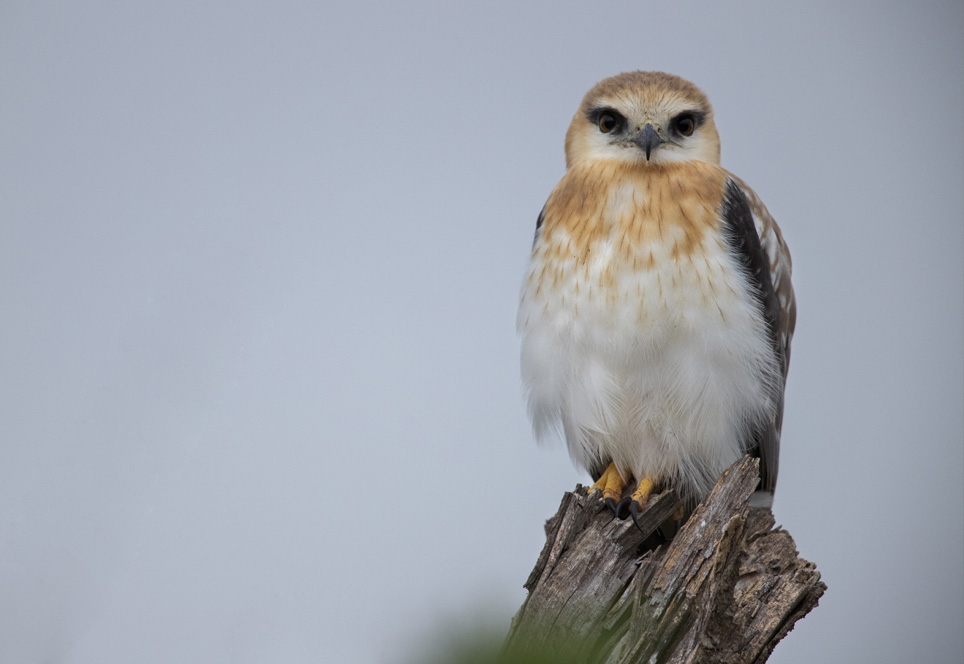
Overcast days work similarly to a studio's softbox. It creates a light uniformity which enables the image to be captured virtually from any angle. Cloudy weather also allows videographers and photographers to work extended periods without the harsh, hazardous light. This can be extremely beneficial with photographing species that only appear later during the day.
Stormy Skies
Rainfall and snowfall are also incredible opportunities to capture an image. Although depth perception is relatively impaired by the elements, with the right aperture, there is always a way to overcome the challenge of image creation during a stormy day. These conditions offer unique moments when it is possible to observe how nature faces her own difficulties and adapts to particular situations.
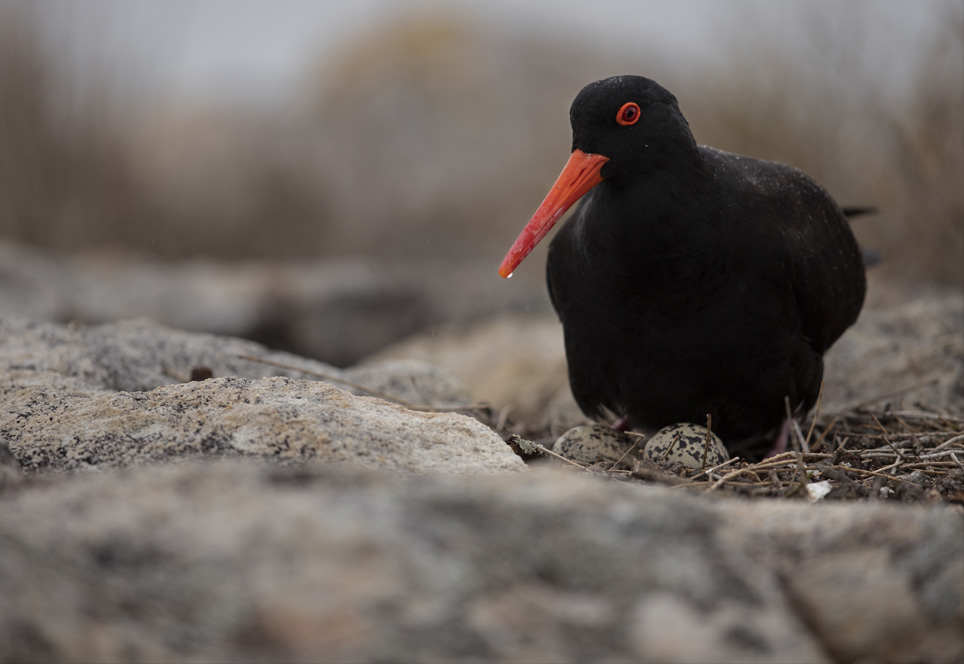
Much like a neutral density filter, these conditions cut down the light source to a bare minimum. This can be challenging to an image creator. However, it allows photographers and videographers to capture images for more extended periods of the day. For photographers, it also enables us to do long exposures and truly capture the essence of nature's elements.
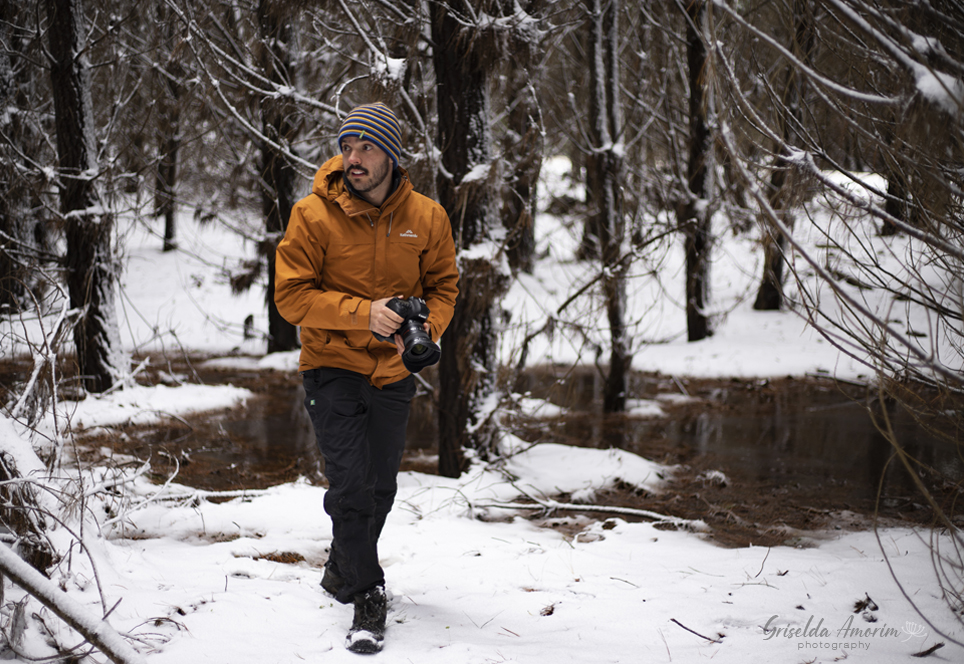
Clear Starry Nights
Capturing an image with the absence of light is also a possibility. Nature is also incredibly active during the night. Animals still creep through the darkness, while plants receive the heavenly drizzle, and rivers flow with a quiet whisper through the forest. Undercover of night, nature works in mysterious ways to renovate itself and provide for its inhabitants.

Similar to a studio without any light, nature at night requires lighting. However, challenging as it may be, creating light is always a fun and creative experience for any artist. This is also beneficial for photographers and videographers as it allows them to work more extended periods, not having to worry about harsh lighting or bad dynamic range. It also permits them to photograph unique species and natural phenomenons which occur during the night.
Full Moon Nights
Different to most nights, during a full moon, there is a much more considerable amount of light in the ambience than average. It enables humans to interact and observe the wild with more ease. Movements, silhouettes, and shapes are easily spotted from afar in the forest. Indeed, it is a unique scene to witness while in the wild.
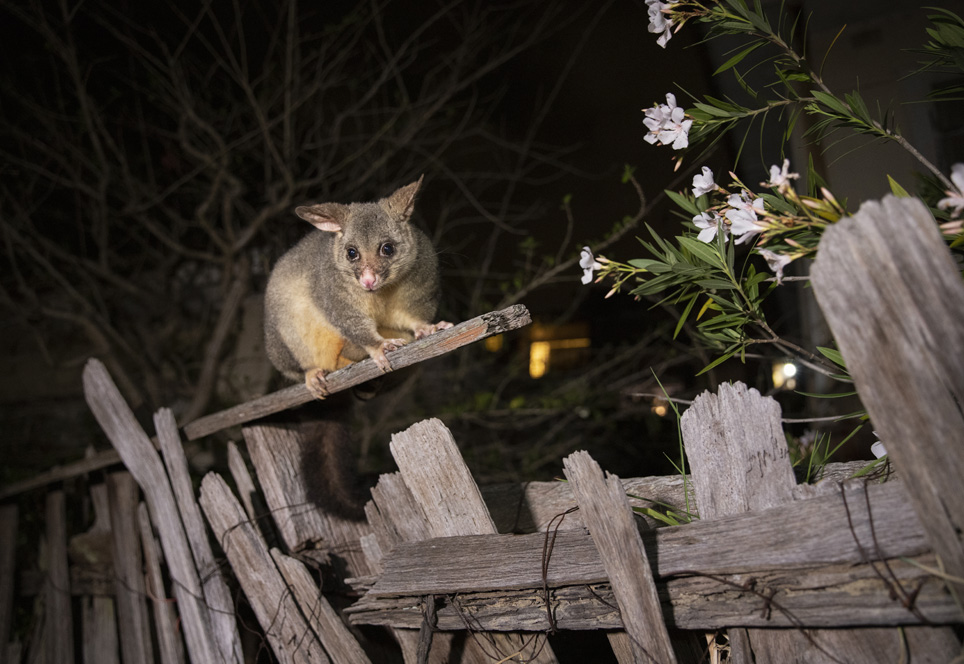
Bright full moons are equal to a studio's key light. Although videographers and photographers still need to create light to photograph subjects in the foreground, the moon's bright glare can easily fill in the background and help illuminate the image being captured. This benefits artists by providing them additional light during the night but still allowing them to be creative to decide where and how to create their light source.
Don't fear the elements
Although nature can be savage and fearful with its elements, there is a hidden beauty in each and every one of them. For example, the way in which snow accents the colours of exotic birds or how green leaves complement the grey stormy skies. Indeed, there is no more significant art piece than nature itself. Not only does it have an array of colours, but they continuously change through the seasons and with the weather.
For an artist, nature is the perfect subject. It is filled with opportunities and exciting phenomenons. The key to enjoying it at its fullest merely is experimenting and observing it.